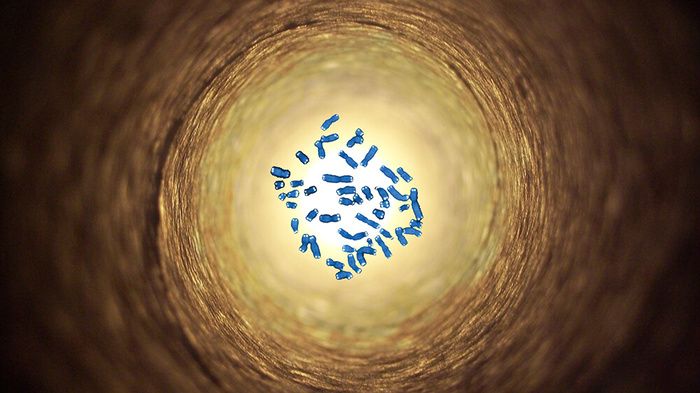The ISS has just installed a new technology known as Delay/Disruption Tolerant Networking, the first stage in a new mission that aims to allow the implementation of a Solar System-wide Internet in the near future.
As more investment and innovation is given to space exploration, the ISS is becoming a very busy place. And with Moon colonies and manned missions to Mars looking more and more like reality, the nearly-20 year old station is in dire need of an upgrade.
And its getting one. New technology has been installed in the ISS, and it is designed to form the basis of an internet-style network spanning the whole (or most of the whole) of our cosmic neighborhood. It’s called DTN, or Delay/Disruption Tolerant Networking.








